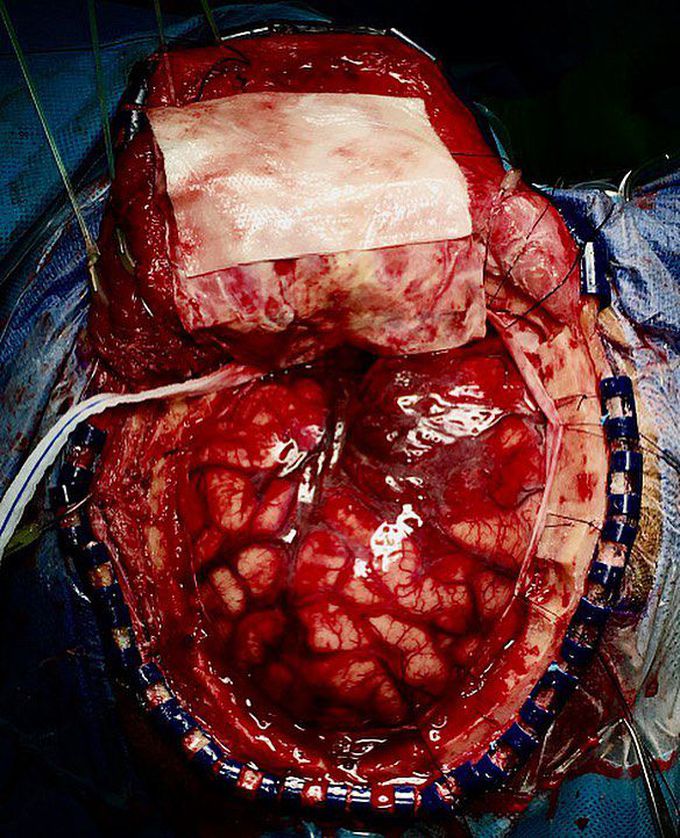


Surgery for aneurysmal subarachnoid hemorrhage!!
This is causing by bleeding into the subarachnoid space from rupture of a brain aneurysm. The subarachnoid space is the area between 2 layers of covering of the brain and typically contains the blood vessels of the brain as well as the cerebrospinal fluid (CSF). Aneurysmal SAH is considered a type of hemorrhagic (bleeding) stroke and it typically occurs due to a ruptured saccular aneurysm and presents with thunderclap headache associated with brief loss of consciousness and meningismus. Berry aneurysms are thin-walled saccular outpouchings in the vessels of the brain. These outpouchings lack a media layer (unlike other vessels in the brain) and therefore have an increased propensity to rupture! SAH is associated with Marfan’s syndrome, Ehlers Danlos & polycystic kidney disease. The patient’s chief complaint is classically having ‘the worst headache of their lives’. Other symptoms can be vomiting, seizures, photophobia, loss of consciousness and meningism, but these are significantly less common and non-specific. When a brain aneurysm has ruptured, it has a high risk of rupturing again and a second rupture carries significant risk of mortality. For these reasons, it is imperative to find the ruptured brain aneurysm as soon as possible with a special test called cerebral angiography that provides a map of the blood vessels in the brain. Once the aneurysm is found, it can be treated 2 different ways, by an open surgical aneurysm clipping or by minimally invasive neuroendovascular aneurysm coiling.
Hemodynamic stimuli&nonhemodynamic stimuliEffects of sugar on teeth

